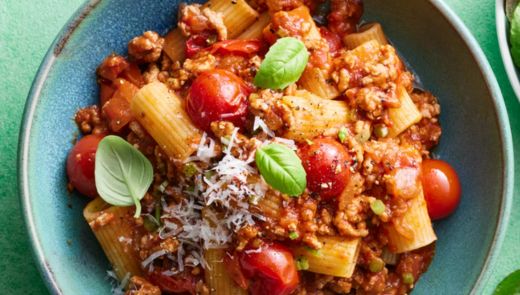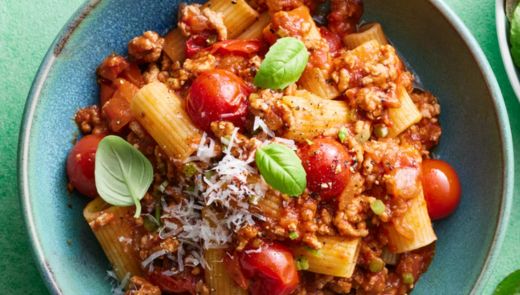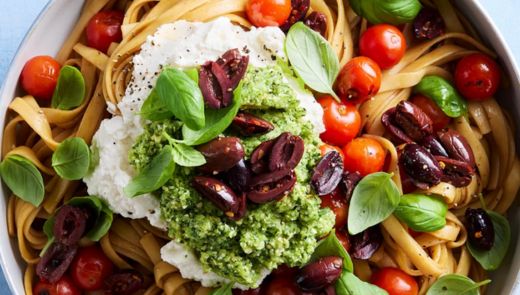Do you ever have an unstoppable craving for cookies, candy, or anything sweet? Do you eat sweet things that are in front of you even when you are not hungry? Are you unable to stick to a diet because you break your resolve the second you see a cupcake? If you answered yes to any of these questions, you may be addicted to sugar and unfortunately you are not alone.
Sadly, most of our processed foods contain some amount of sugar, even if they don’t taste outwardly sweet. Most people consume an average of 22 teaspoons or 94 grams of sugar per day, about 376 extra calories worth, an increase of 74 additional calories per day over the last 40 years. This excess sugar consumption is leading to an obesity crisis and is connected to the skyrocketing rates of diabetes. Learning how to reduce added sugar in your diet can help you lose body weight and may help you reduce your risk for developing chronic diseases, such as diabetes and heart disease.
Sugar is crystal-like carbohydrate, used by plants as an energy source that has a sweet flavor. All sugar breaks down into glucose, the type of sugar that circulates in the blood and is used for energy and for fuel for or brain. There are many different types of sugar, such as:
- Sucrose: table sugar
- Lactose: milk sugar
- Fructose: sugar in fruit
- High fructose corn syrup: a sugar-like syrup made from corn
Sugar either occurs naturally in food, such as fruit, or is added by manufacturers. Foods that have added sugar include: sweetened beverages, cakes, candy, cookies, cereal, flavored yogurt, bread, and many others. The trouble with added sugar is that it does not provide any additional nutrients, but does add a significant number of calories. The recommended amount of added sugar is no more than 100 calories per day which equals 25 grams of added sugar.
Eating less sugar overall is not just about cutting back on desserts, but is also about finding “hidden” sources of sugar in unexpected places. This will require a detailed reading of labels to determine which foods contain added sugar. The nutrition facts panel lists the amount of “sugar” in a particular food, but that number also includes the natural sugar the food contains as well as the sugar added by the manufacturer.
Instead, check the ingredients list. Look for any words ending with –ose, which generally means sugar. If you see one or more of these words on the ingredients list, you may want to consider another product. Some words to look for:
- Sucrose
- Maltose
- High fructose corn syrup
- Molasses
- Cane sugar
- Corn Sweetener
- Beet sugar
- Maple syrup
- Honey
- Fruit juice concentrate
- Turbinado
- Rice syrup
In order to cut back on sugar you must become a sugar detective at the supermarket. Look closely at every food label. Put anything back with more than 5 grams of added sugar. Make sure to check foods that may secretly contain added sugar like pasta sauces or bread. Base your diet in real, whole foods. An excellent rule of thumb is that 80% of your diet should be unprocessed, unrefined, whole foods: vegetables, fruits raw nuts, whole grains (quinoa, oats), and meat, poultry, fish. Generally, these foods are found at the perimeter of the grocery store.
Sugar, from sweetened beverages, accounts for 47% of all the total added sweeteners consumed. Most people who consume sweetened beverages do not adjust their caloric intake to account for the calories in these beverages as sweetened beverages do not make us feel full. Add in just one 12 ounce soda, juice, or other sweetened beverage every day for 365 days, and you will consume 54,750 extra calories in a year or the equivalent of 15 pounds.
Practice conscious eating, before eating anything, ask yourself “Am I hungry?” If the answer is no, then figure out why you want to eat. Are you stressed? Tired? Sad? Address the real emotion instead of covering it up with food. Remember that sugar cravings are a natural biological craving, so don’t be so hard on yourself if you occasionally indulge, just jump back on the wagon at the next meal.
If you must use a sweetener, try to use small quantities. Some good choices include: Stevia, xylitol, raw honey, or date sugar. Even though these may be “healthier” choices, they will still add additional carbohydrates to your diet or may influence your insulin levels.
The best thing to do when trying to cut back on sugar is to break the addiction. Once you stop eating foods high in concentrated sugar, you will begin to appreciate the sweet taste of fruit or other natural sugars. Reducing your sugar intake and eating fewer processed foods can get you on track to a lower body weight and a healthier life.
By TAPfit Dietician, Julie Masci.




